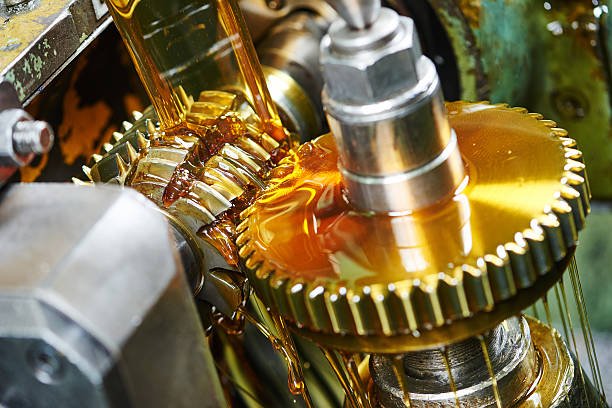How Biodegradable Tackifiers Improve the Efficiency of Rail Lubricants

Railway lubricants must cut friction and provide traction. They must also stick to the rails and flow out of hoses in an efficient manner. While petroleum-based greases have been the mainstay of railway lubrication, the industry is pushing for biodegradable lubricants. While these are still in their early stages, they have already shown impressive performance in improving energy efficiency. Here's a brief look at some of the current tackifiers and how they can help.
Graphite is a popular lubricant. However, Graphite is less efficient. A wayside application system will need a lube brush to spread the lubricant on the rails. When rail vehicles pass, the grease transfers to the tracks. This reduces friction and reduces fuel consumption. Railroad greases also help prolong the life of equipment and save money on maintenance. Compared to oil, greased equipment is also easier to maintain and requires fewer repairs and maintenance. See: www.rsclare.com, to find more about this products.
Graphite is a preferred lubricant in the rail industry. It reduces the application time of Graphite by 80%. It contains PTFE polymers that are resistant to dirt, water, and UV breakdown. The lubricant is also biodegradable. A TCMS or integrated curve sensor helps manage the spray grease system. Super Lube is a registered trademark of Synco Chemical Corporation. This product is available for wayside and stationary automatic refuelling systems.
Despite its modest size, the rail lubricants market is highly fragmented and contains several key players as well as many smaller suppliers and manufacturers. Major participants include Exxon Mobil Corporation and Royal Dutch Shell PLC. The report also provides valuable insights into regional distribution of railway networks and the expenses associated with maintaining a network. These studies also help you determine where the market is headed and how to make the most effective decisions to improve your operation.
Formulation: Top-of-rail lubricants can be formulated to meet specific requirements. While the formulations of lubricants are generally proprietary, many manufacturers have tried to test them in real-life conditions to determine whether they work as well as they should. For instance, RS Clare Supreme has developed an all-season lubricant, whereas Whitmore BioRail EP 1.5 grease is biodegradable.
Graphite and Super Lube are the two most common types of rail lubricants. Graphite is the most common type and has been proven to reduce wear and noise. Graphite is an excellent choice for most applications. Other types of rail lubricants can be used for a wide range of applications. The Persistence Market Research study is a comprehensive review of the rail sanding industry. You can learn more about this rail lubricant product here.
Currently, there are two main types of rail lubricants: bio-based and mineral-based. The bio-based product is made from vegetable oil, which is more environmentally friendly. Its high-quality formulation is compatible with rails. A few other factors may also affect its effectiveness. In addition to being a bio-based product, ELM has demonstrated superior performance in comparison to mineral oil-based products. Further, it has demonstrated its ability to decrease fuel costs and improve performance.
You can get more enlightened on this topic by reading here: https://en.wikipedia.org/wiki/Lubricant.
